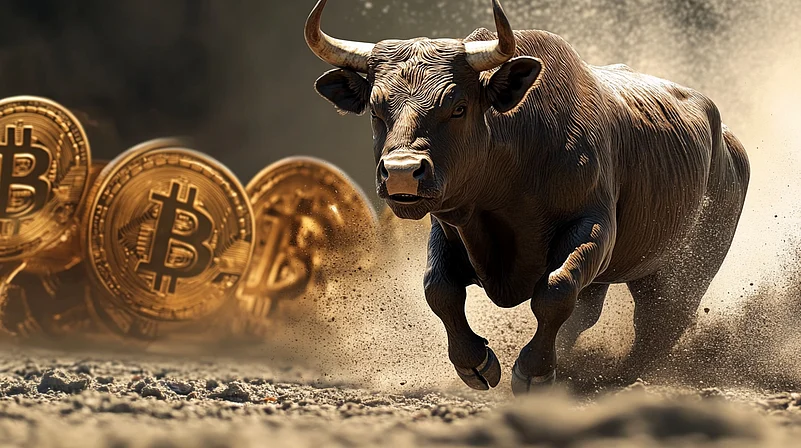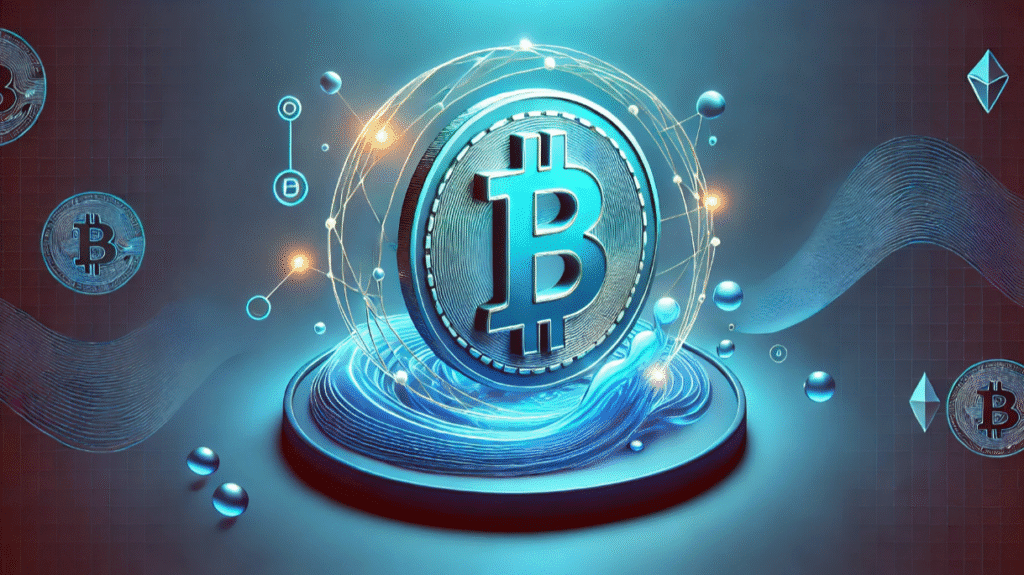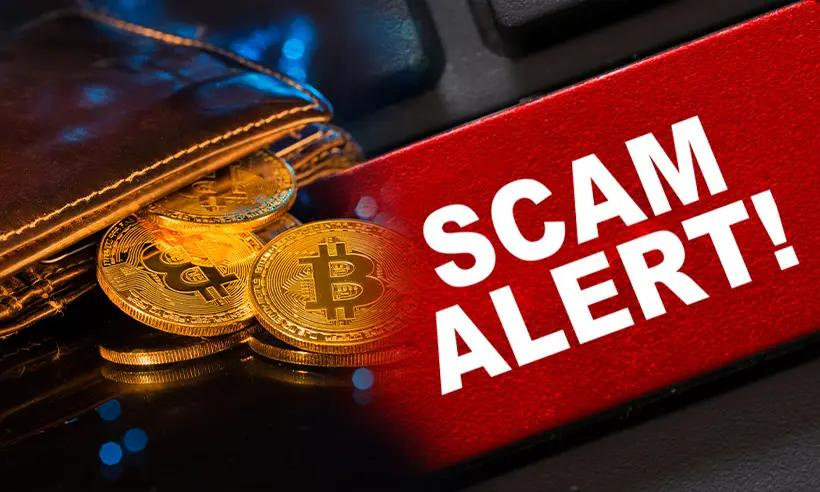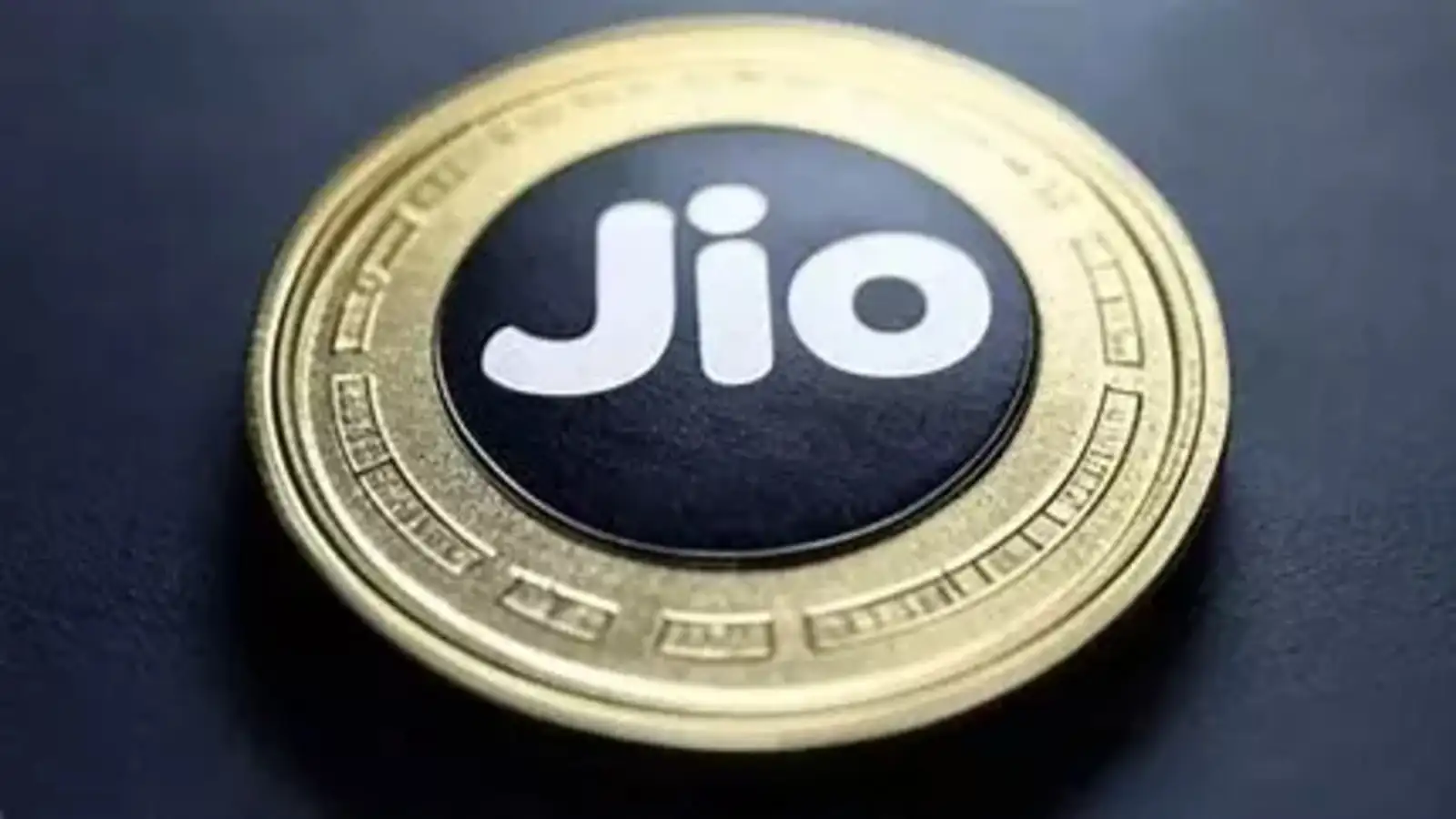Now Reading: Trading Memecoins in the Hinterlands: MemeCulture Meets Real People
-
01
Trading Memecoins in the Hinterlands: MemeCulture Meets Real People
Trading Memecoins in the Hinterlands: MemeCulture Meets Real People
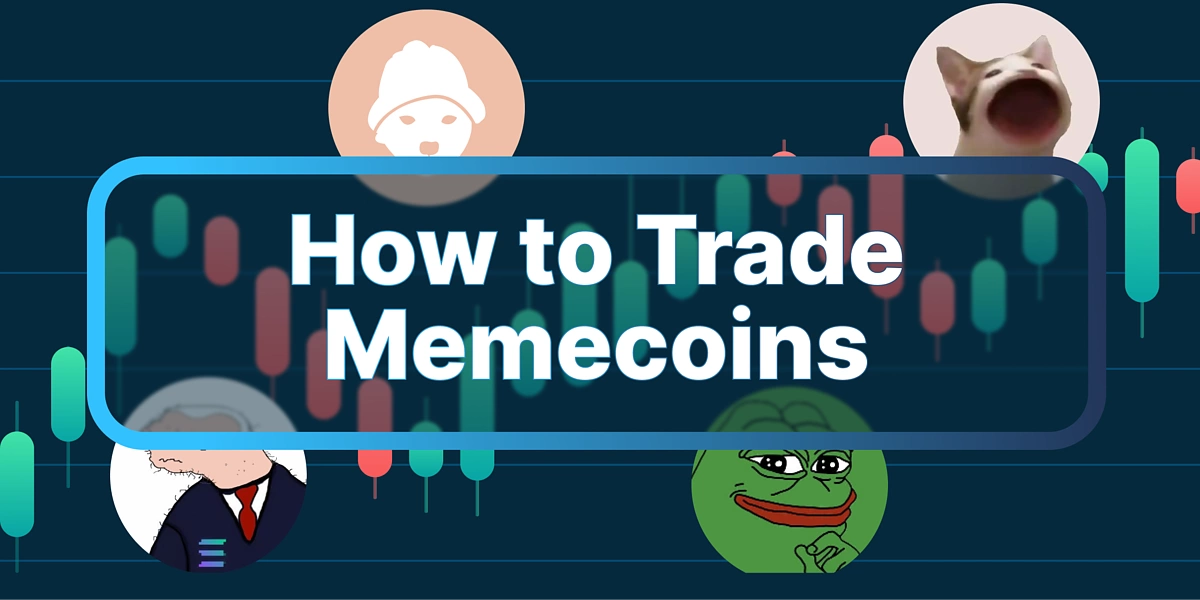
The rise of memecoins has brought a new twist to India’s growing crypto story. What began as internet jokes has now turned into a trading trend that is reaching beyond metros and into smaller towns. In Tier-2 and Tier-3 cities, young investors are experimenting with tokens like Dogecoin, Shiba Inu, and newer meme-inspired coins, seeing them as affordable entry points into the crypto market.
One of the main reasons memecoins attract people in smaller cities is accessibility. Unlike Bitcoin or Ethereum, which feel expensive and intimidating, memecoins are often priced low, making them look approachable for first-time investors. For students and early job-seekers in places like Nagpur or Lucknow, buying thousands of tokens with a small amount feels more exciting than owning a fraction of a larger coin.
The influence of social media is another major factor. Platforms like Twitter, Instagram, and YouTube amplify the buzz around meme-based tokens, creating a sense of community and shared culture. In cities where digital conversations are now mainstream, young people often trade not only for potential profit but also to be part of an online movement.
But the reality is that memecoins are among the most volatile assets in the crypto world. Their value often depends on hype rather than long-term utility, which means prices can swing wildly. For small investors in Tier-2 cities, the risk of losing savings is very real if decisions are made without proper knowledge. The appeal of quick profits can sometimes overshadow the need for caution.
The rise of memecoins in India’s hinterlands shows how deeply digital finance is blending with popular culture. While they may not always offer stability, memecoins represent how ordinary people are exploring new ways of participating in global markets. For smaller cities, this trend highlights both the opportunities and the risks of financial innovation in an age where memes are more than just jokes—they are investments.








